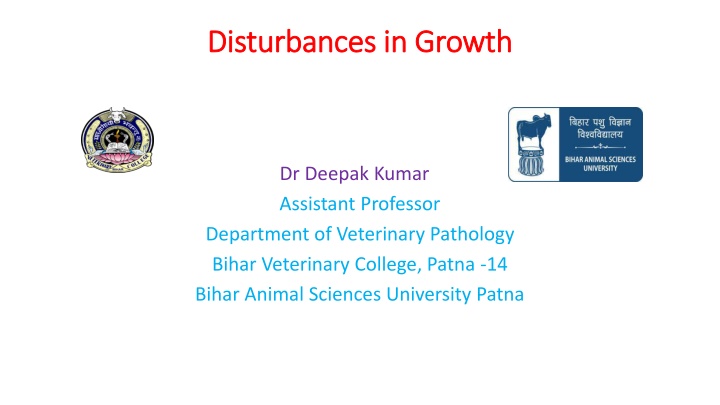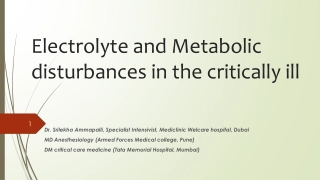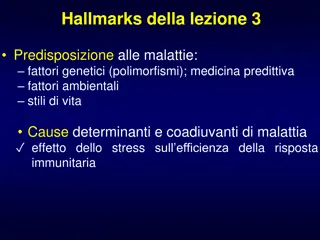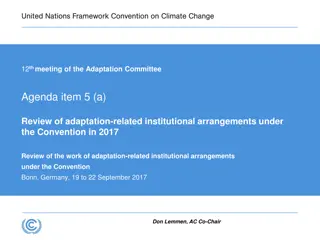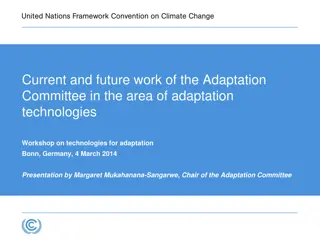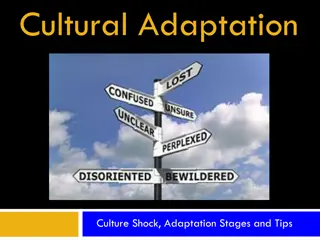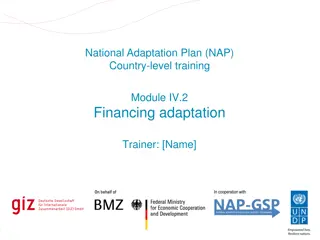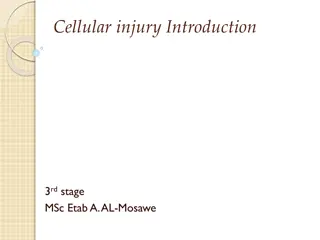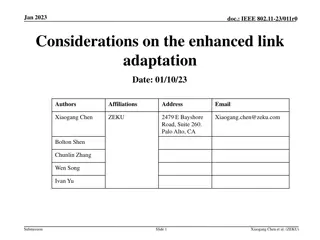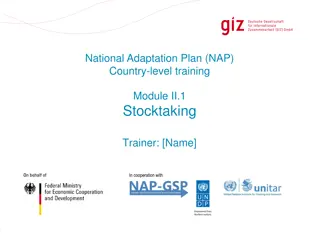Disturbances in Growth: Understanding Cellular Adaptation
The field of disturbances in growth covers various changes in cells and tissues, ranging from no growth to uncontrolled growth. Different forms such as aplasia, agenesis, hypoplasia, hyperplasia, hypertrophy, atrophy, metaplasia, and dysplasia are explored in this chapter. The cells respond to physiological and pathological stimuli through adaptations like hypertrophy, metaplasia, and hypoplasia. Factors causing these growth disturbances and their implications are discussed, providing insights into cellular responses to stress and injury.
Download Presentation

Please find below an Image/Link to download the presentation.
The content on the website is provided AS IS for your information and personal use only. It may not be sold, licensed, or shared on other websites without obtaining consent from the author.If you encounter any issues during the download, it is possible that the publisher has removed the file from their server.
You are allowed to download the files provided on this website for personal or commercial use, subject to the condition that they are used lawfully. All files are the property of their respective owners.
The content on the website is provided AS IS for your information and personal use only. It may not be sold, licensed, or shared on other websites without obtaining consent from the author.
E N D
Presentation Transcript
Disturbances in Growth Disturbances in Growth Dr Deepak Kumar Assistant Professor Department of Veterinary Pathology Bihar Veterinary College, Patna -14 Bihar Animal Sciences University Patna
Disturbances in Growth Disturbances in Growth The disturbances in growth cover a broader spectrum of changes from no growth to uncontrolled growth. While uncontrolled growth (neoplasm) is dealt separately, the other forms of growth disturbances are considered in this chapter. Cells may fail to develop or adapt to changing environment or physiological or pathological stimuli.
Disturbances in Growth Disturbances in Growth Aplasia - is the complete failure of an organ to develop. Agenesis - is the complete absence of an organ or lack of specific cells within an organ (e.g., lack of germ cells in Sertoli cell only syndrome ). Hypoplasia - is the increase in the size of the tissue or an organ or a part of an organ due to quantitative increase in the number of cells. Hyperplasia -is an increase in the number of cells in an organ or tissue that appear normal under a microscope. Hypertrophy - is the increase in the size of the cells or the organ. The number of the cells doesnot increase. Atrophy -decrease in size of a body part, cell, organ, or other tissue. Metaplasia - is the reversible change in which one adult cell type is replaced by another adult cell type of the same germinal layer Dysplasia - is any of various types of abnormal growth or development of cells.
Disturbances in Growth Disturbances in Growth The cells respond to altered physiological or pathological stimuli by adapting themselves. These changes are reflected hypertrophy, metaplasia and hypoplasia. Following an injurious stimulus or to stress, the normal cell s homeostatic state may respond with cellular injury resulting in either death or adaption. Hence, the cellular adaptation to the increased demand is a state in between normal and stressed. as atrophy, besides hyperplasia, aplasia dysplasia and
Disturbances in Growth Disturbances in Growth
APLASIA/AGENESIS Absence of any organ 6
HYPOPLASIA Failure of an organ/ tissue to attain its full size Aplasia Hypoplasia Normal 7
HYPOPLASIA Etiology Congenital anomalies e.g. Hypoplasia of kidneys in calves Inadequate innervations Inadequate blood supply Malnutrition Infections e.g. cerebral hypoplasia in Bovine viral diarrhoea 8
HYPOPLASIA Macroscopic features Organ size, weight, volume reduced Microscopic features Reduced size of cells Reduced number of cells Connective tissue and fat is more 9
ATROPHY Decrease in size of an organ that has reached their full size 10
ATROPHY Etiology Physiological e.g. senile atrophy Pressure atrophy Disuse atrophy e.g. Atrophy of immobilized legs Endocrine atrophy e.g. Atrophy of testicles Environmental pollution e.g. Atrophy of lymphoid organs Inflammation/ fibrosis 11
ATROPHY Macroscopic features Size, weight, volume of organ decreased Wrinkles in capsule of organ Microscopic features Size of cell is smaller Cell number is less Fat and connective tissue cells are more 12
